Fabian Kindermann
Where do you live: Vienna, Austria
Your education: Bachelor in Business Administration, Master in Real Estate Management (self-taught artist)
Describe your art in three words: Intuitive – Fragmented – Subconscious
Your discipline: Painting / Mixed Media
What first drew you to painting, and how did you develop your practice as a self-taught artist?
I first picked up painting in late 2021, without a background in art education, but with a strong curiosity. In the beginning, I was just experimenting—playing with colors and textures after long days at work. Very soon, the practice took over, and I realized it gave me something essential. My best breakthroughs came when I allowed intuition to lead instead of analysis. Over time, trial and error evolved into a language of its own, rooted in gesture and subconscious impulses.
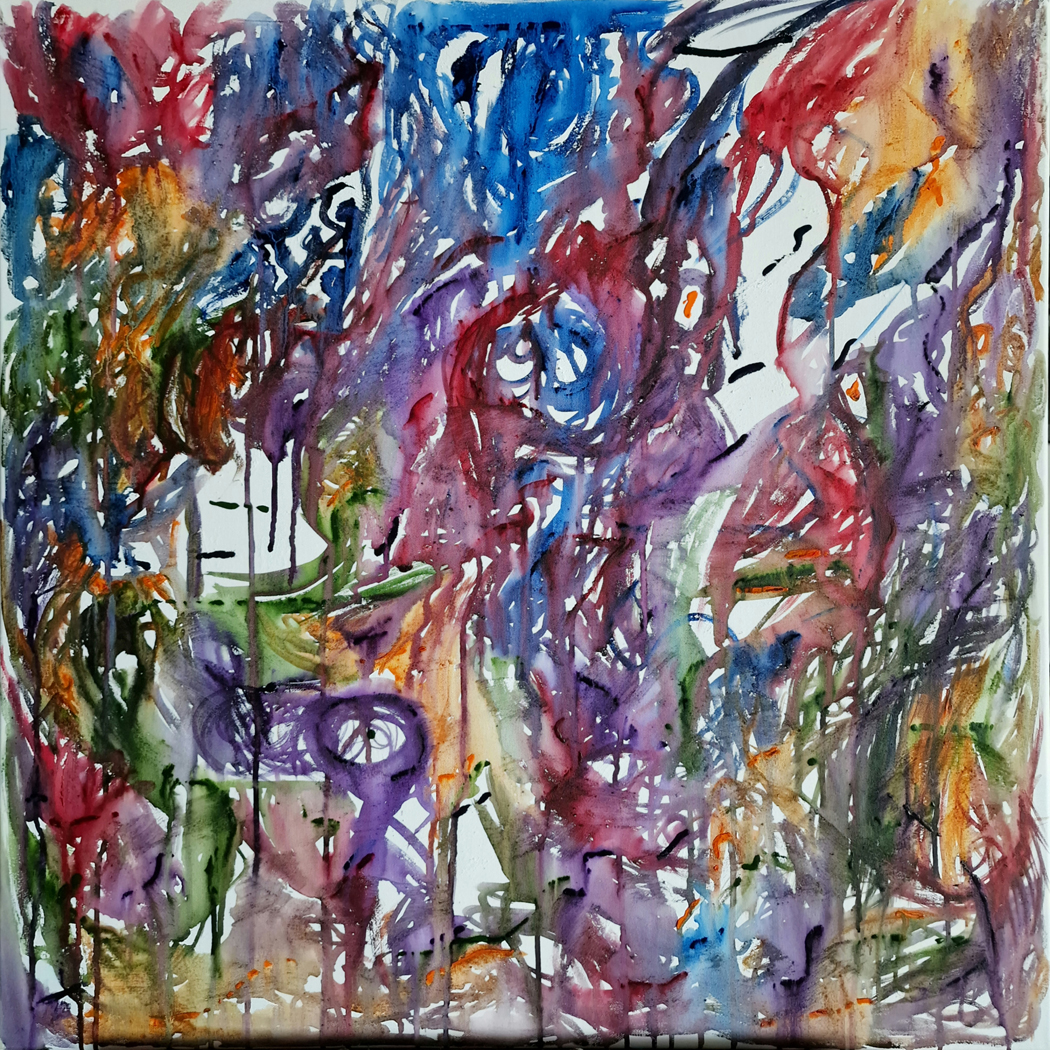
How has living in Vienna influenced your artistic path and the themes you explore?
Vienna is my city of birth, where my roots lie. The city has shaped my whole life—from childhood to my studies and professional path. Here I met the people who have accompanied me since I was a child, and they remain an essential part of my journey. Vienna has a rich historic center, renowned museums, and the “green lung” of the Prater, but what influences me most are the people around me. For that, I am deeply grateful.
You often combine abstract and mixed media. What materials or tools do you most enjoy experimenting with right now?
I work with a wide range of media—acrylics, crackle medium, acrylic gel, oil pastels, watercolor. Recently, I’ve been exploring water-based techniques that blur the boundary between control and accident, leaving room for chance to intervene, while experimenting with how they can be combined with steadier materials.
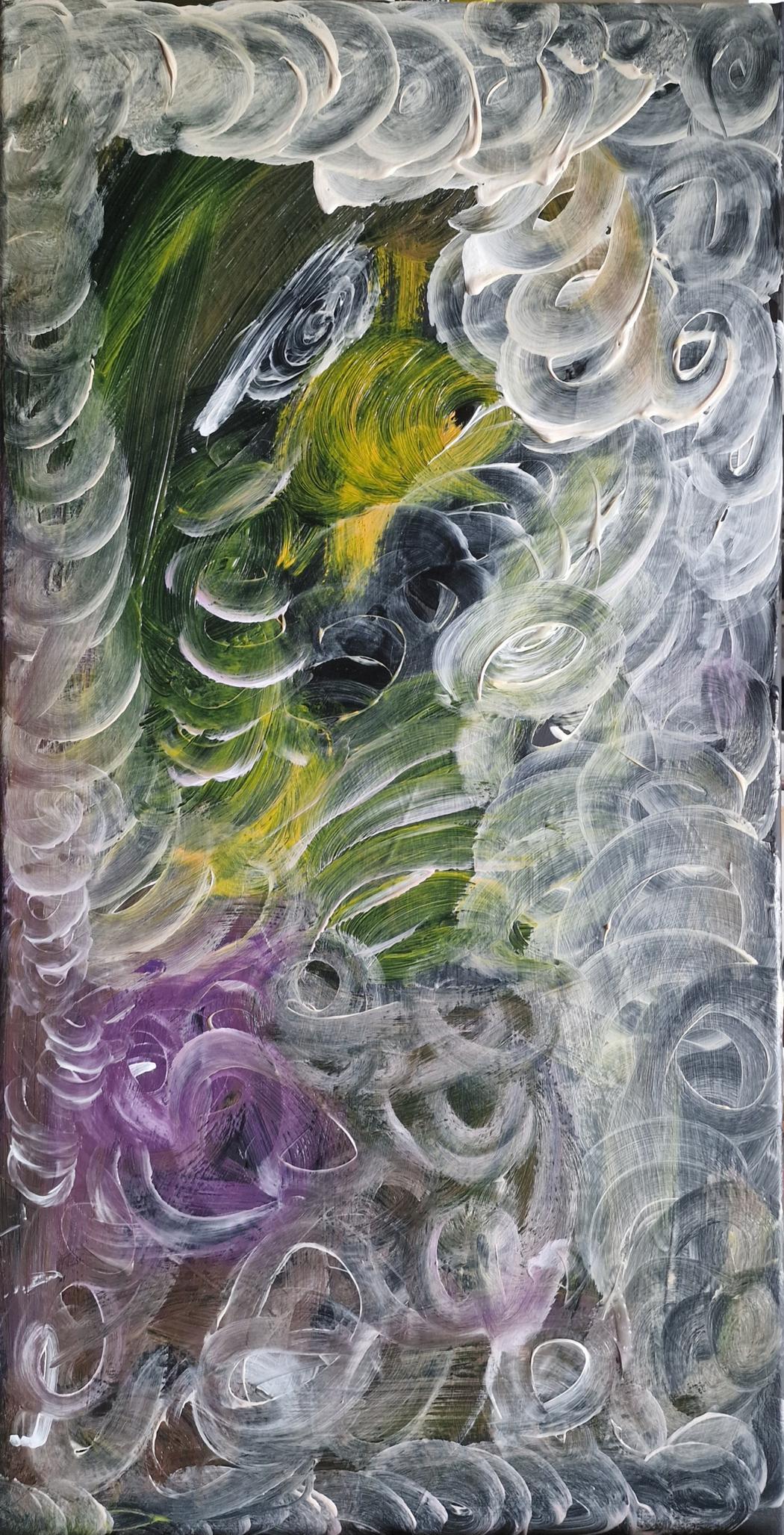
How does chance—like accidental marks or textures—shape the final composition?
Chance is more than accident in my work—it’s a collaborator. I often begin with uncontrolled gestures, stains, or textures, and from there hidden forms emerge. Pareidolia plays a central role: I perceive faces, figures, or structures where others might see only marks. These surprises lead me deeper into the painting than conscious planning ever could.
How do you decide when a piece is finished, given the spontaneous nature of your process?
A painting is finished when it resists further change. I work in cycles of layering, waiting, and reworking until the piece “speaks back” to me. Often there is a final gesture—a line, a form, a highlight—that locks the composition into balance. At that point, I step away.
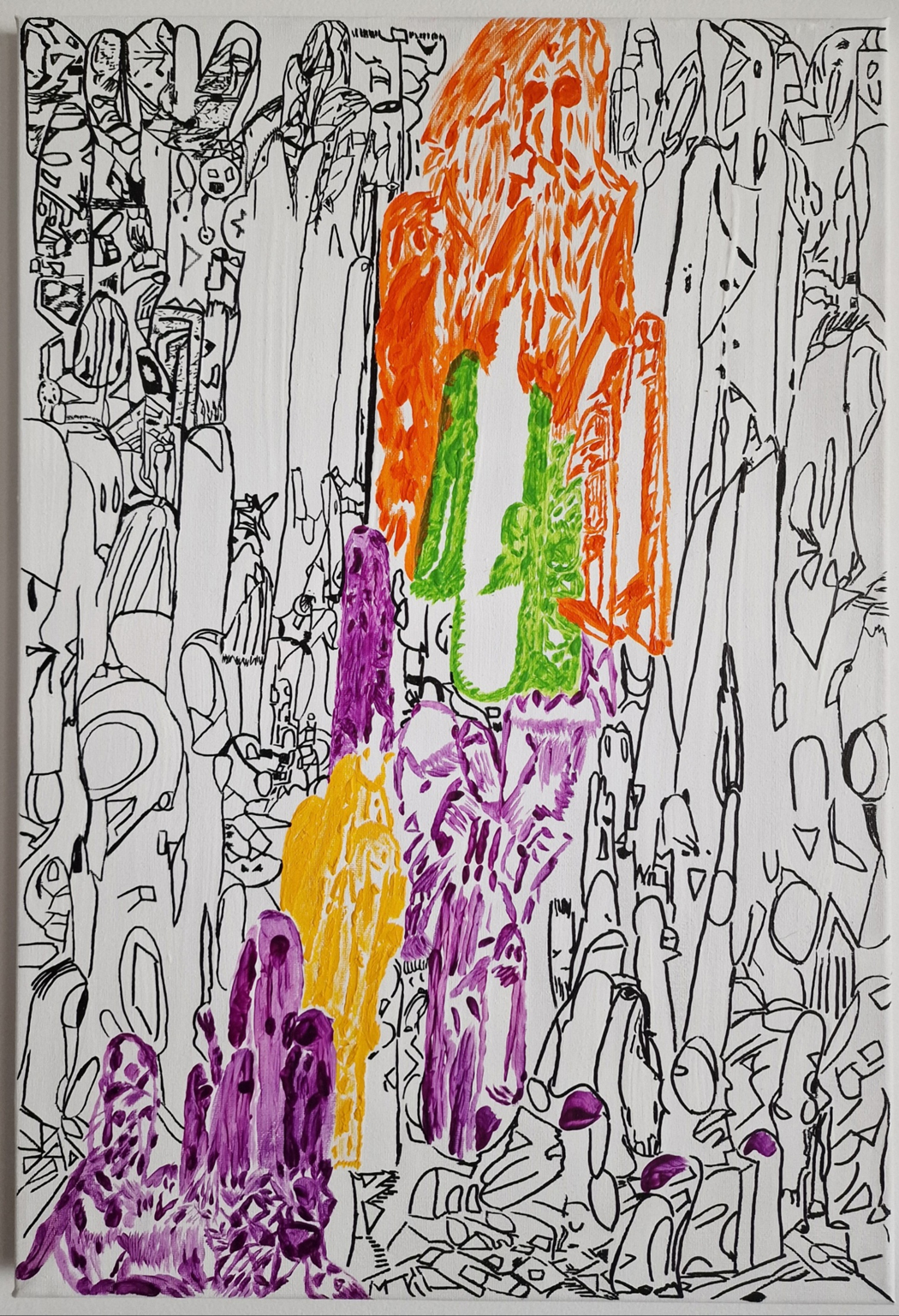
How do you hope viewers will interact with or interpret your paintings?
I hope viewers approach my work as open fields of perception—spaces for their own associations. Just as I perceive hidden forms emerging, I want others to encounter their own subconscious reflections. My paintings are less about giving answers than about evoking encounters with what usually remains unseen.
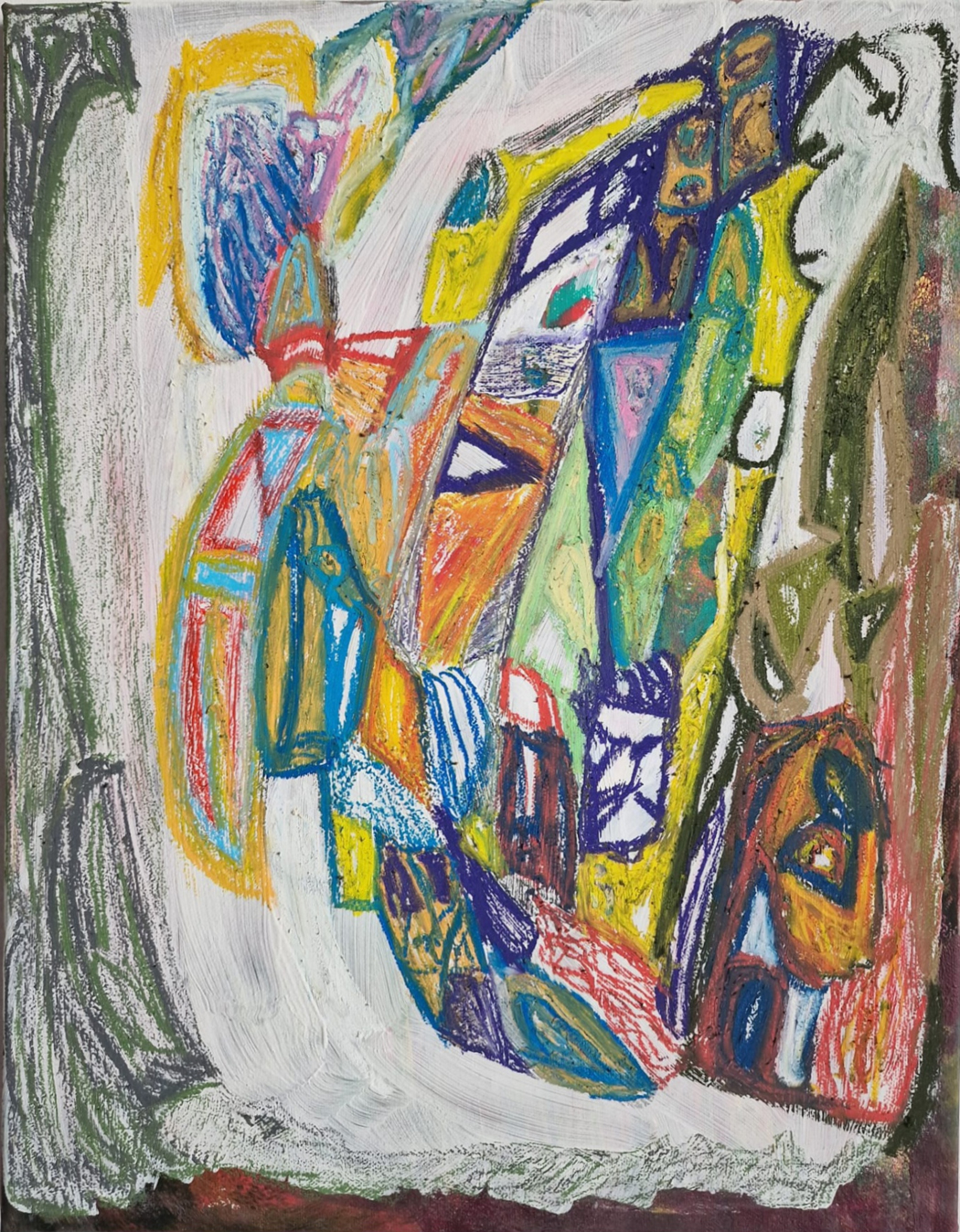
What role do you think abstract art plays in today’s fast-paced, image-saturated culture?
Abstract art slows us down. In a culture dominated by instant images and surface impressions, abstraction asks for depth, patience, and ambiguity. For me, it resists easy consumption and invites another rhythm—one that reconnects us with intuition and with what lies beneath language and immediate meaning.

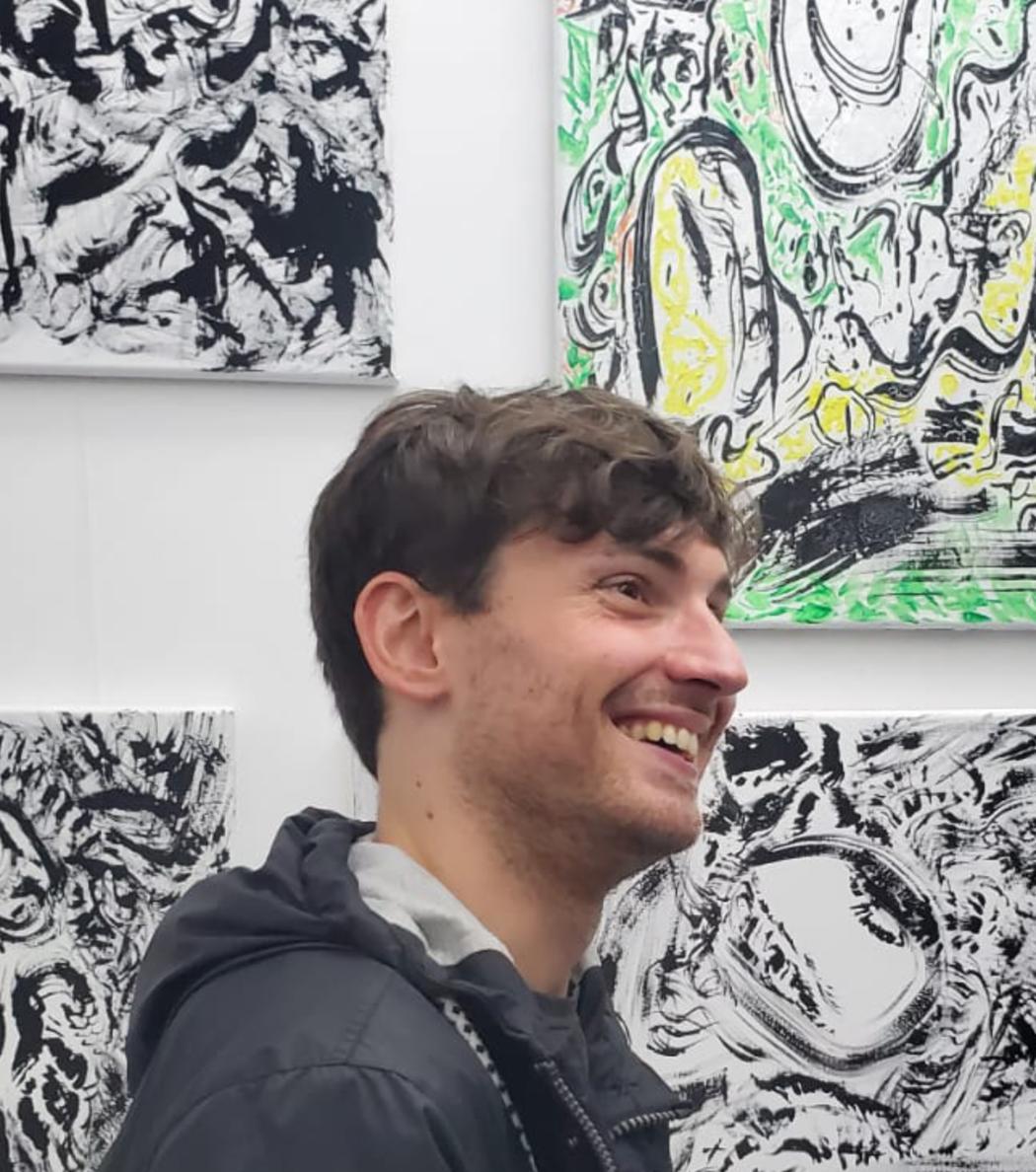
Leave a Reply